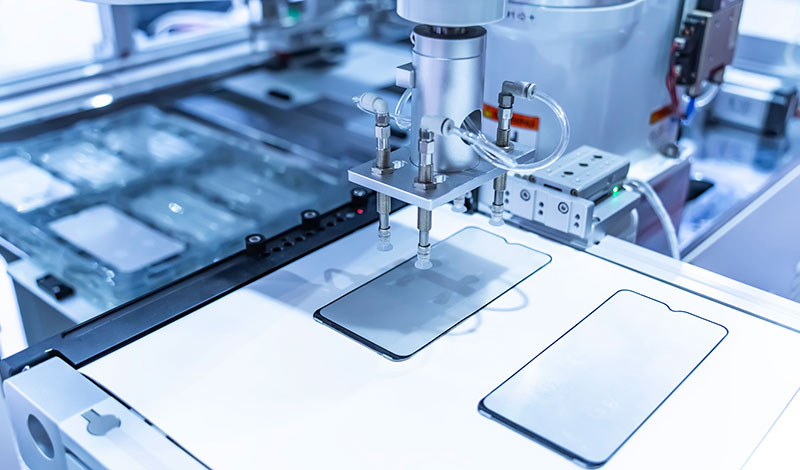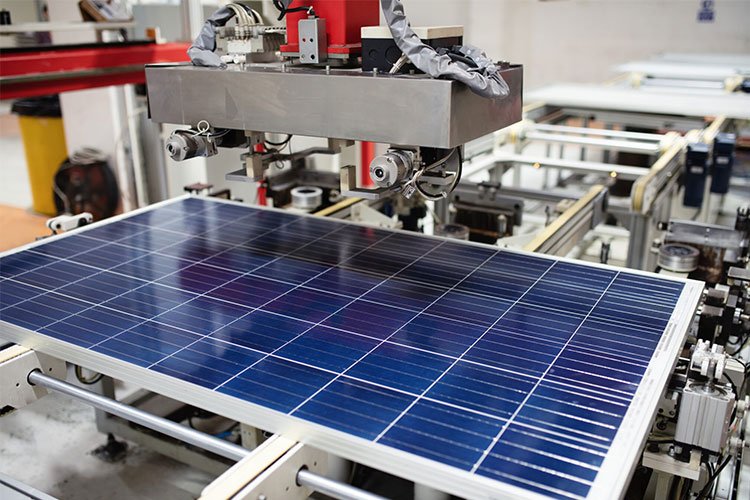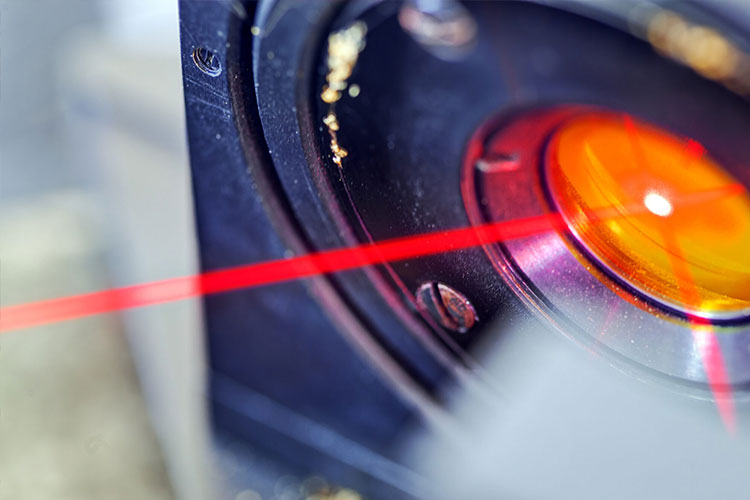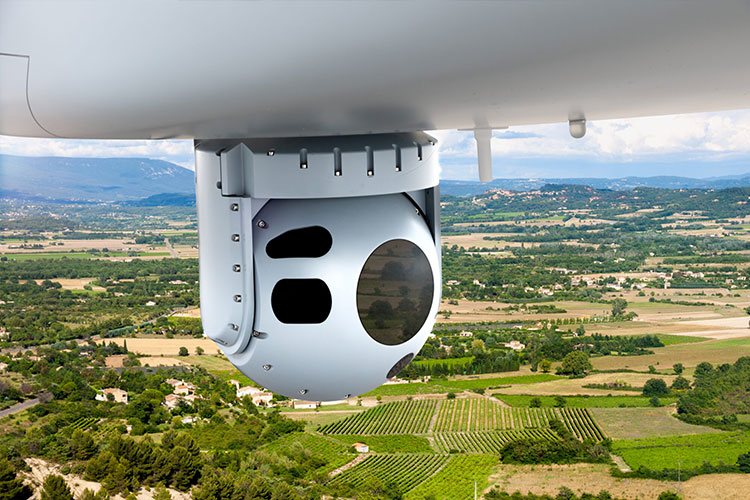
Posted on
When selecting a physical vapor technique for your manufacturing process, the end application will greatly affect which technique is best. While PVD has many forms, there are two prominent techniques: evaporation and sputtering. Sputtering through magnetron or ion beam (IBS) utilizes energetic ions colliding with a target to eject (or sputter) target material. Thermal resistive and e-beam evaporation rely on heating a solid source material past its vaporization temperature.
Resistive Thermal Evaporation
One of the most common forms of physical vapor deposition is resistive thermal evaporation. This technique takes place in a vacuum chamber and uses a resistive heat source to apply thermal energy to evaporate a solid-state source material. The vapor condenses on a substrate to form a thin film of the source material.
Thin Film Applications for Resistive Thermal Evaporation:
- Metallic contact layers used in OLEDs, solar cells, thin-film transistors, and other devices
- Indium bump deposition for wafer bonding
- Co-deposition of several components enabled by independent control of crucible temperatures

E-Beam Evaporation
E-beam evaporation is a thermal evaporation technique that takes place in a hearth or crucible and uses an electron beam to produce a very high temperature to vaporize the source material. This method is suited for metals and dielectrics such as Au and Si with high melting temperatures.
Thin Film Applications for E-beam Evaporation:
- Precision optical coatings for laser optics and lenses
- Metallization of layers for solar panels

Magnetron Sputtering
Magnetron sputtering is a plasma-based technique where positively charged energetic ions collide with a negatively charged target material in a closed magnetic field. Atoms are sputtered or ejected from the target and deposited onto a substrate. This method produces good film quality and the highest scalability of any PVD type.
Thin Film Applications for Magnetron Sputtering:
- High-density films that require strong adhesion
- Metallic coatings with electrical properties
- Insulating coatings for specific optical properties
Ion Beam Sputtering
In ion beam sputtering (IBS), an ion beam sputters material from a target onto a substrate. The ions are monoenergetic, possessing equal energy, and highly collimated with uniform directionality. The process creates the highest-quality, densest films.
Thin Film Applications for Ion Beam Sputtering (IBS):
- Precision optics needing high durability and stability
- Semiconductor production requiring high-quality films
- Controlling stoichiometry or film thickness

Evaporation vs Sputtering for Your Application
When selecting the best thin film process for your application, there are several key considerations: film quality and uniformity, automation and deposition rates, and production costs.
Film Quality and Uniformity
When comparing sputtering and evaporation deposition methods, evaporation techniques are more common, because they cover a wide range of applications at a reasonable cost. Sputtering produces better film quality and uniformity than evaporation, which can translate to higher yield, yet it is also more costly and complex.
Automation and Deposition Rates
Evaporation is ideal for large batch processing because it offers high deposition rates and can easily accommodate both large and small substrates, but this process has a manual component so production scalability is limited. Sputtering, especially magnetron sputtering, is repeatable and can be automated, making it ideal for high-volume, continuous production.
Production Costs
When deciding among thermal resistive evaporation, e-beam evaporation, magnetron sputtering, or ion beam sputtering for your application, overall production cost – system cost, yield, throughput, and labor – must be considered. For example, sputtering’s repeatability and automation enable scaling of manufacturing production with high yield and low labor costs.
With 60 years of experience innovating thin film deposition technology, Denton Vacuum has the expertise to help you find the best system for your application. Contact us today to learn how a Denton system could impact your production process.